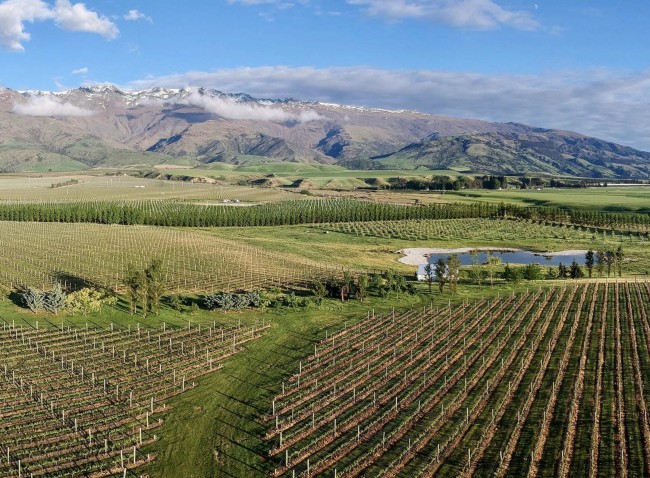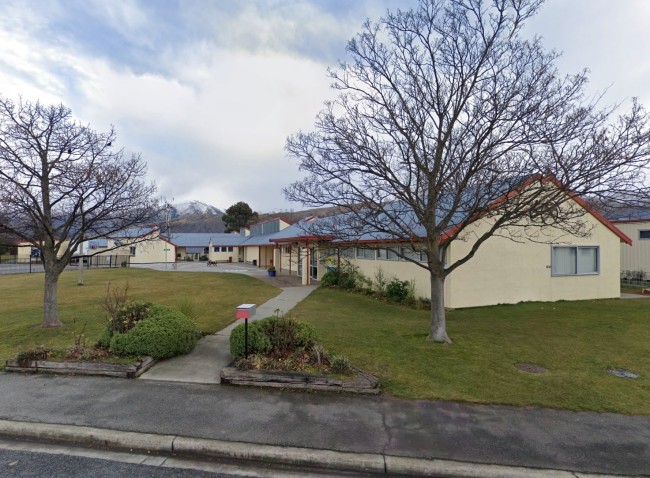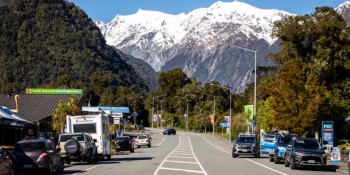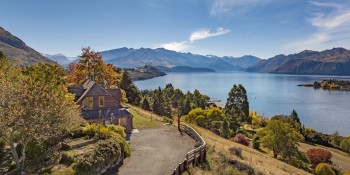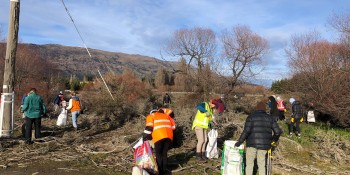
Compliance may not be good enough for Queenstown, Wānaka's waterways: scientist
A new report lays out the massive challenge ahead to clean up polluted waterways across the country, and while Queenstown Lakes may appear to be doing better than other locations, that may still be considered not good enough.
The report, funded by the government-backed organisation Our Land and Water, provides a national snapshot of pollution of rivers, lakes, and estuaries by four major contaminants - nitrogen, phosphorus, sediment and E. coli.
It measures the state of 650,000 river segments, 961 lakes and 419 estuaries against national regulatory 'bottom lines'.
While some commentators have called the report's findings sobering reading, research lead Dr Ton Snelder tells Crux waterways in this part of the central South Island, in general, are compliant.
"But that's rather unsurprising - you would hope and expect that."
A bit like how many in the area choose to build higher-spec new homes above minimum building standards, Dr Snelder reckons minimum standards for water quality may not be what this area aspires to.
"I think the main takeaway is that relative to these national bottom lines you are in an area of high water quality.
"But that doesn't mean to say that water quality is acceptable, because people might feel that the national bottom lines are...a pretty low bar relative to to what you would likely expect in a place like Queenstown - an alpine resort without high-intensity agriculture."
With the current boil water notice in place for central Queenstown suburbs, Dr Snelder acknowledges interest locally in levels of E. coli, an indicator bacteria for risk of potentially harmful pathogens like cryptosporidium.
The Our Land and Water report shows three-quarters of New Zealand's land has waterways where the bacteria is present at higher rates than national regulations allow for.
"It's important to note the streams and rivers in the vicinity of Central Otago are generally complying with national bottom lines, which means they have a low risk of infection from contact with that water," Dr Snelder says.
"The E. coli here is not being assessed from a drinking water perspective; it's being assessed from the perspective of contact with the water, so swimming in the water or recreating in the water."
Although a map in the report shows a "load reduction" for E. coli is needed in inland Otago, Dr Snelder says it is not cause for alarm in the upper reaches of the catchments in and around Wānaka and Queenstown and "careful interpretation" is needed.
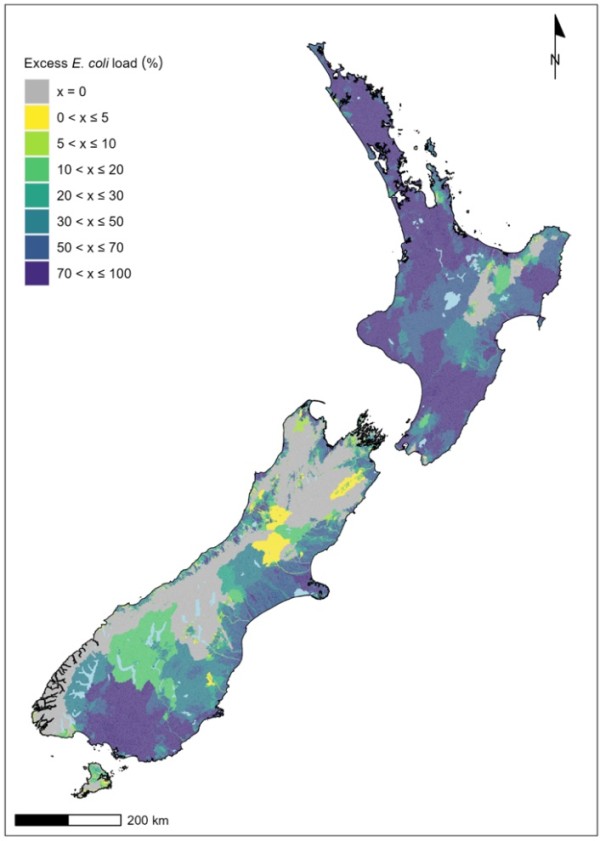
Three-quarters of all land in Aotearoa is contributing unacceptable levels of E. coli to waterways, a newly-released report shows (Image/Our Land and Water).
He cautions the study is "big-picture" scale, designed to help with national and regional government decision making.
"It certainly doesn't have high accuracy if you start thinking about individual streams. It doesn't mean that they're all perfectly fine. It is not particularly high-resolution."
The Otago Regional Council's head of science and policy Anita Dawe says this is why the council commissioned its own similar research to provide a picture of contaminant levels in local waterways.
"Our study used the expertise of Mr Snelder to guide it and reflects a better understanding of what changes are needed for Otago."
She says the localised work provides them "a high degree of confidence that reductions are required to comply with differing freshwater target attribute states across the region".
The work has helped to inform the council's draft Land and Water Regional Plan, which will manage activities to reduce these contaminants getting to water, she says.
Read more: Mammoth ORC policy shake up will impact urbanites, not just farmers













